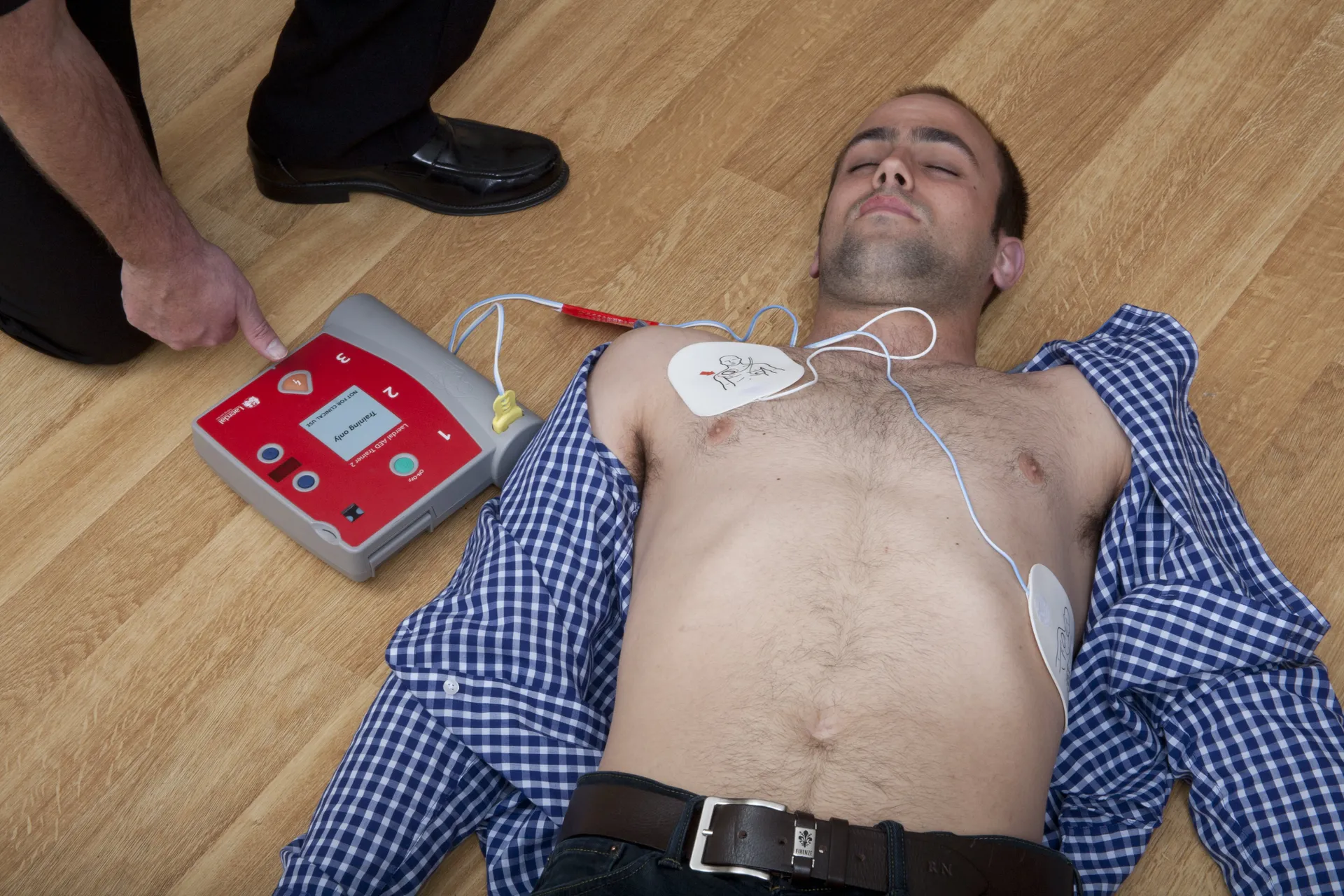 Add My Company
Add My Company

For my first blog I thought it would be good to talk about defibrillators as they are key to saving lives particular within our communities.
It certainly was welcome news from the HSE who now recommend all work place first aid courses include defibrillator awareness training. It is something we have always provided on our courses to improve confidence with their use, particularly with the public access defibrillators which we now see on village halls, in old telephone boxes and High Street walls etc.
A sudden cardiac arrest can happen to anyone at any time, regardless of age, gender and fitness. Ideally a defibrillator should be used within three minutes on an unresponsive non-breathing casualty. Every minute that passes without a defibrillator being used the chances of survival reduce by 10%.
So, we hope we never need to use one but if we do it’s important to remain calm, phone 999 / 112 for an ambulance and follow the main basic instructions:
- Open the box and turn it on (some will automatically switch on)
- Follow the automated instructions
- Apply pads to bare chest (look carefully at the picture on the pads it will show you where to place them)
- If shock advised stand clear and press the orange button when instructed to do so.
- If no shock advised it will either say commence CPR or check for signs of life.
- Continue to work with the defibrillator and don’t ever take the pads off the machine monitors the heart rhythm all the time.
If you’ve not sure about CPR the operator in the ambulance control room (clinical hub) will tell you exactly what to do which is why it is recommended to put your phone on loud speaker so you can perform CPR, listen and talk to the operator at the same time.
Of importance when carrying our CPR is the need to perform 30 chest compressions placing hands in the centre of the chest, push down no more than 6cm and at a speed of 100 / 120 compressions per minute. Ideally, we would need to put two breaths into the casualty but if you feel that you are able to do this then perform chest compressions only. Either way we don’t want to be off the chest more than 10 seconds as the chest compressions keep the heart shockable for the defibrillator.
As with most things there are safety implications which the operator will assist with and is also why attending a first aid course is beneficial.
For more information on Defibrillator awareness training on all our first aid courses. talk to Wiltshire First Aid Training

